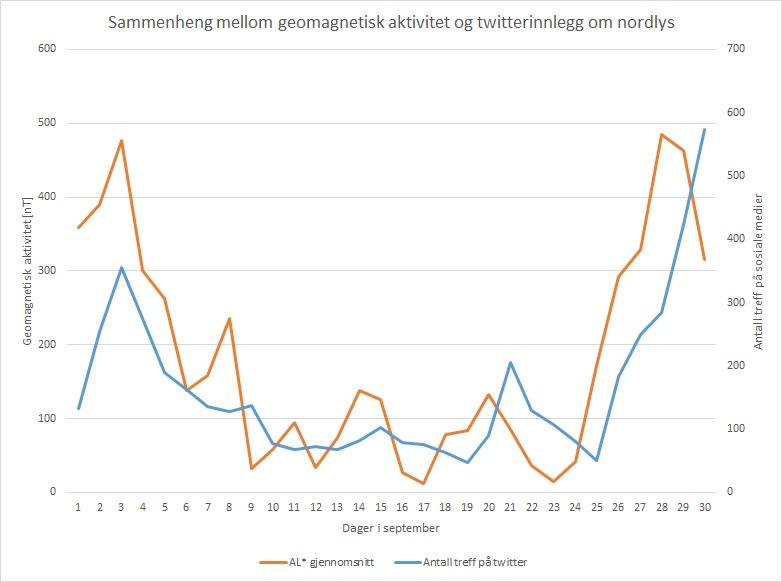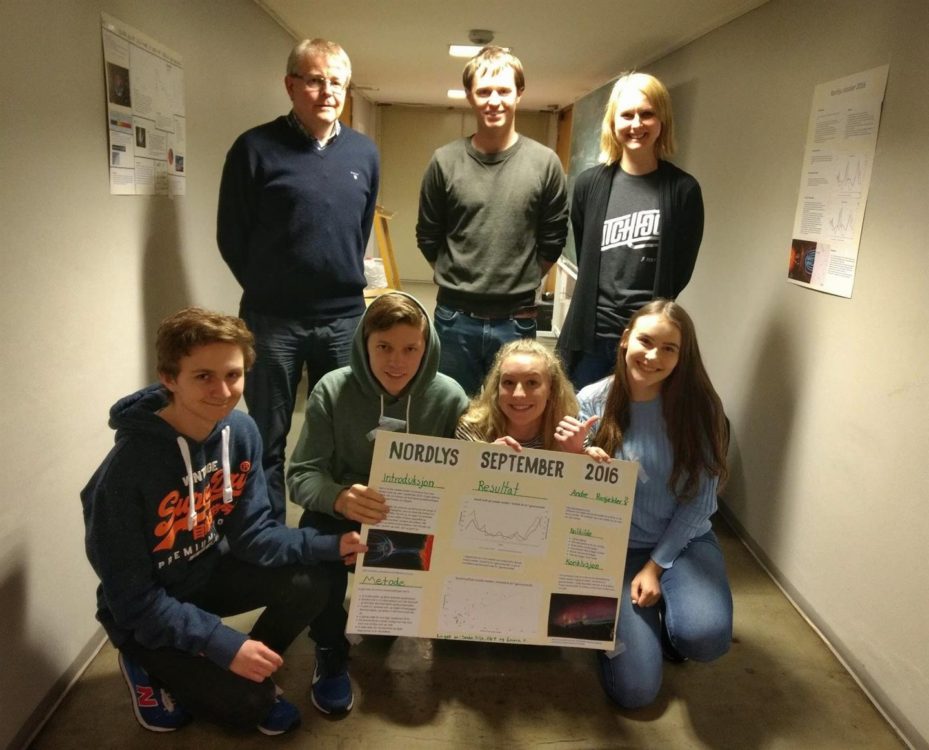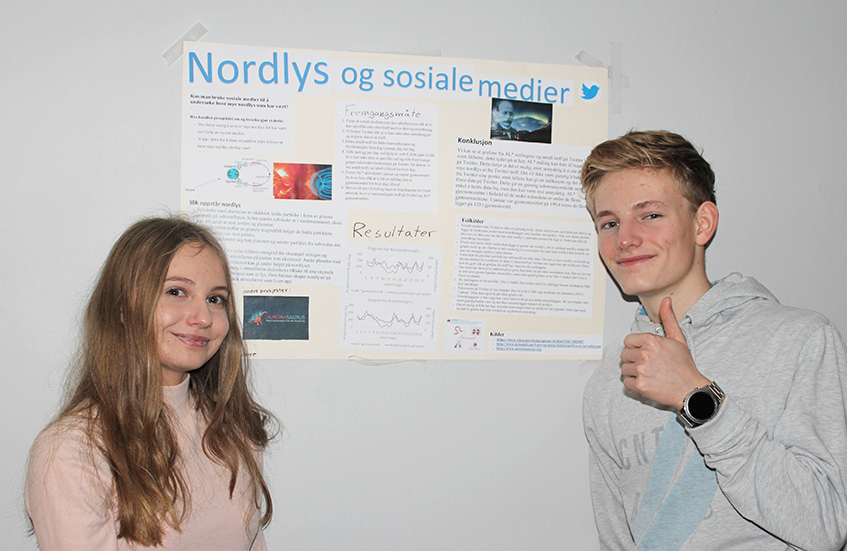Norway is one of the few countries in the world – having its northernmost regions located well within the auroral zone – which enjoys a spectacular aurora show on a regular basis. In addition, the man who solved the aurora puzzle and who by many is considered the world’s first space scientist, Kristian Birkeland, was a Norwegian. It should therefore come as no surprise that the aurora phenomenon plays an important part of the curriculum for Norwegian students. In natural science at the high school level, students are expected to understand how aurora is produced. They also learn about Norway’s historic role when it comes to aurora research.
Together with science teacher Silje Rognsvåg Reistad at Langhaugen High School, postdoc Jone Reistad at the Birkeland Centre for Space Science recently developed an exciting learning resource about the aurora. It went like this: First, Jone gave the students at Langhaugen High School a talk about how aurora is produced. He also gave them insight into his own research efforts at BCSS. The students were then assigned the following: Find the number of times aurora has been mentioned in twitter-messages on a particular day, and compare with geomagnetic activity for the same day (the latter is closely related to aurora). The students were divided into groups that were responsible for one month of the year each, and on December 8, 2017, thirty eager students presented their findings at a poster session at the Department of Physics and Technology (IFT) at the University of Bergen.
Below follows one of the graphs showing good correlation between aurora-tweets (blue graph) and geomagnetic activity (orange graph):

Overall, the quality of the presentations was very good, and it was clear for everyone that this learning resource about aurora had been really helpful in better understanding this beautiful display that sometimes lights up a dark night.





